When you're strolling through a garden center or browsing online nurseries, you might find yourself wondering how to tell apart the two most popular types of modern roses: Floribundas and Hybrid Teas, often called big-flower roses. Both are stunning, but they have distinct characteristics that set them apart. Understanding these differences will help you choose the perfect rose for your garden and care for it properly.

Let's start with the basics. Floribunda roses are known for their abundant clusters of blooms. Imagine a single stem topped with a cheerful bouquet of flowers – that's the classic Floribunda look. They were developed by crossing Hybrid Teas with Polyantha roses, aiming to combine the beautiful flower form of the former with the prolific blooming habit of the latter. The result is a hardy, continuous-blooming shrub that fills the garden with color.
On the other hand, Hybrid Tea roses are the quintessential "big-flower" roses. They are the roses you typically see in floral arrangements, with one perfectly formed, high-centered bloom perched elegantly on a long, sturdy stem. If you're looking for a classic, solitary rose with a captivating shape, you're likely looking at a Hybrid Tea.
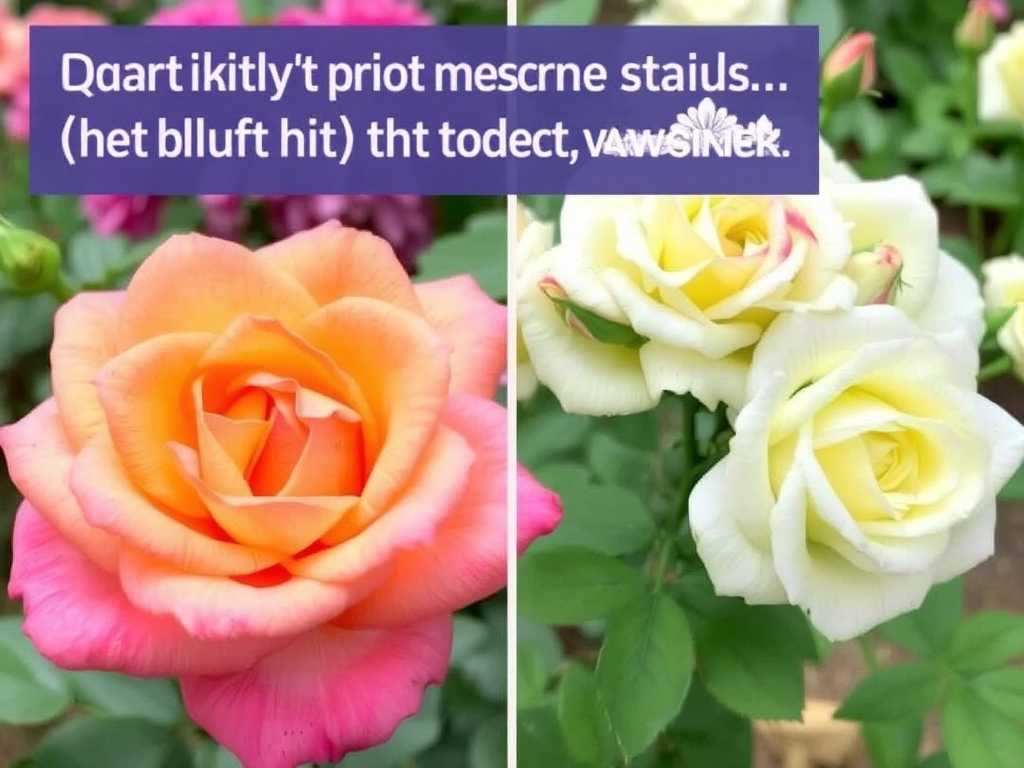
The most immediate way to identify them is by their flower presentation. Look at how the blooms grow. Floribundas produce their flowers in large clusters, known as trusses. You might see three, five, ten, or even more flowers opening together from a single stem. This creates a massive splash of color. In contrast, Hybrid Tea roses typically produce one single, majestic bloom per stem. While sometimes a secondary, smaller bud might appear, the standard is one prominent flower, allowing you to fully appreciate its elegant form.
Next, examine the flower form itself. Hybrid Tea roses are famous for their high-centered, classic spiral shape. The petals unfurl in a symmetrical, pointed pattern that is simply breathtaking. Floribunda blooms can be more varied in form. Some modern Floribundas have flowers that closely resemble Hybrid Teas, while others may be more cup-shaped, rosette-shaped, or even slightly flatter. Generally, the individual Floribunda flower might be slightly less formal in its structure compared to the refined Hybrid Tea.
Now, consider the plant's growth habit and size. This is a major clue. Floribunda roses are generally bushy, compact shrubs. They are excellent for hedges, mass plantings, and container gardening because they fill out space so well. They typically grow between 2 to 5 feet tall and wide, creating a dense, colorful mound. Hybrid Tea roses have a more upright and vertical growth habit. They grow taller and lankier, often reaching 3 to 6 feet or more. Their growth is focused on producing those long, cutting-quality stems, so they tend to be less bushy than Floribundas.
Think about the overall blooming performance. If you want a non-stop floral display from spring until frost, Floribundas are hard to beat. They are blooming machines, constantly producing new clusters of flowers. This makes them ideal for gardeners who want maximum color impact. Hybrid Teas also bloom repeatedly, but they often do so in distinct flushes. You'll get a spectacular show of blooms, followed by a brief rest period, and then another wave of flowers. The focus is on the quality and perfection of individual blooms rather than sheer, constant quantity.
Let's talk about fragrance, as it can be a delightful surprise. While many people associate roses with a strong scent, not all varieties are fragrant. This trait varies widely within both groups. You can find wonderfully fragrant Floribundas and lightly scented Hybrid Teas, and vice versa. If fragrance is a priority for you, it's best to check the specific variety's description rather than relying solely on its classification.
Another practical aspect is maintenance and disease resistance. Generally, Floribundas are known for being tough, hardy, and having good disease resistance. Because they have so many flowers, if one bloom is damaged by weather or pests, the overall display isn't ruined. Hybrid Teas, with their large, delicate petals, can be slightly more susceptible to diseases like black spot and powdery mildew, and their perfect blooms can be damaged by heavy rain. They often require a bit more attentive care, including regular preventative spraying, to keep them looking their best.
So, when should you choose one over the other? Your garden's purpose is the key. For low hedges, landscape borders, or a container on the patio that needs constant color, the Floribunda rose is your champion. Its cluster-flowering habit and bushy growth are perfect for these roles. For a classic rose garden, for cutting and bringing stunning flowers indoors, or for using as a focal point in a flower bed, the Hybrid Tea rose's elegant, solitary blooms on long stems are unmatched.
To make it even clearer, let's look at some famous examples. The Floribunda 'Iceberg' is a world-favorite, covered in clusters of pure white flowers. 'Scentimental' is another Floribunda with stunning striped petals in clusters. For Hybrid Teas, think of 'Peace', with its iconic large, yellow-and-pink-blushed blooms, or 'Mister Lincoln', a deep red rose known for its strong fragrance and perfect, solitary form.
In the end, identifying these roses becomes second nature once you know what to look for. Check for clusters versus single blooms. Notice the plant's shape – is it a bushy mound or an upright, vase-shaped plant? Consider the flower's form – is it a high-centered masterpiece or a beautiful, but perhaps less formal, bloom? By asking these simple questions, you'll be able to confidently distinguish between the generous, colorful Floribunda and the elegant, stately Hybrid Tea rose, ensuring you pick the perfect variety to make your garden flourish.
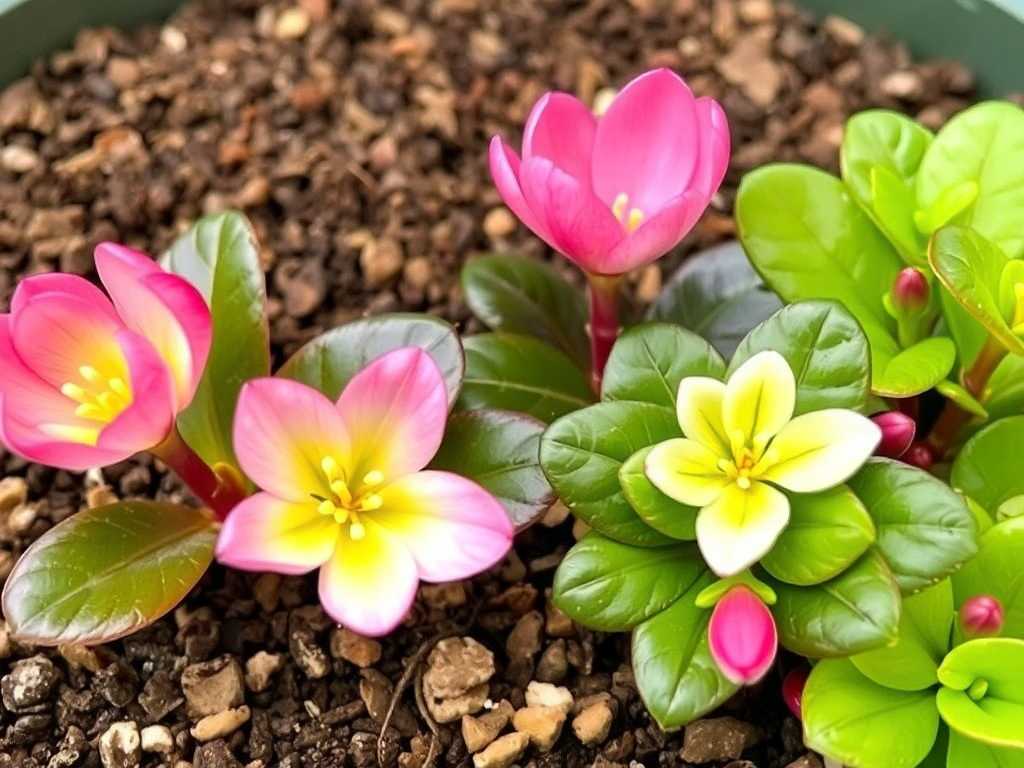
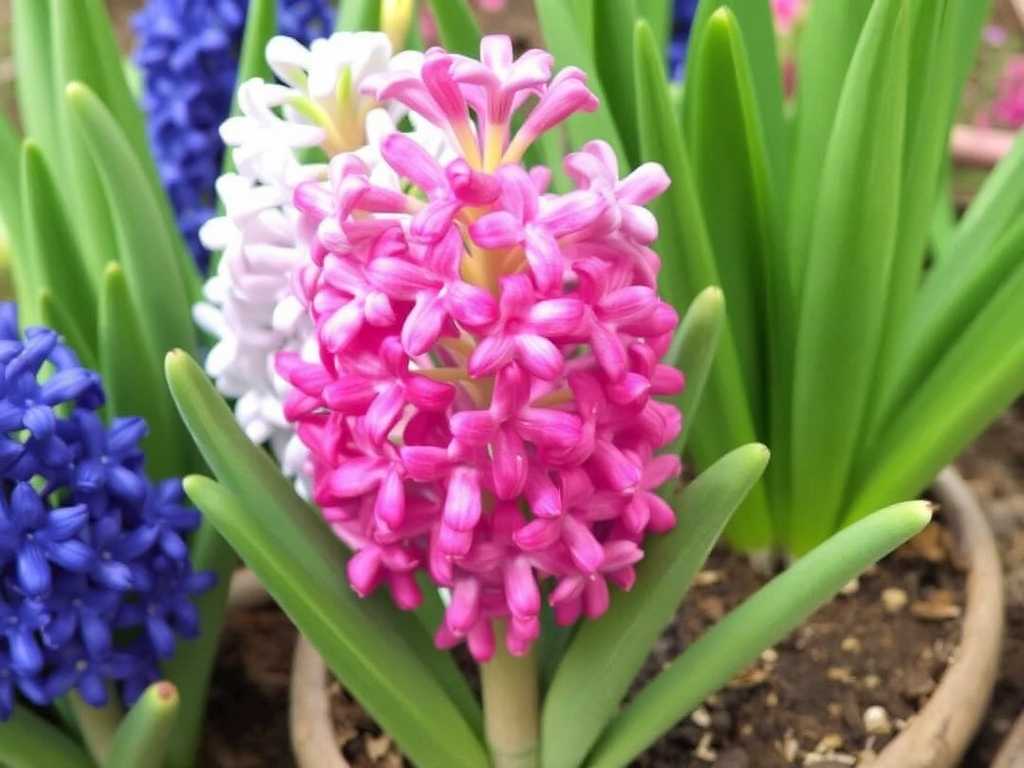
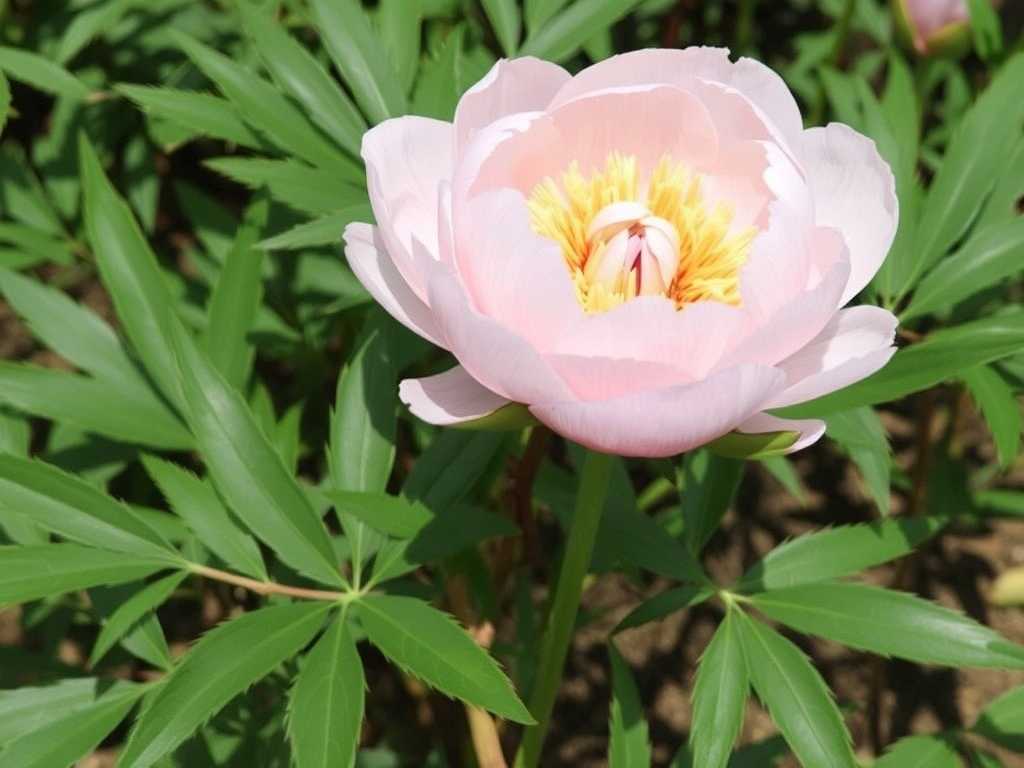

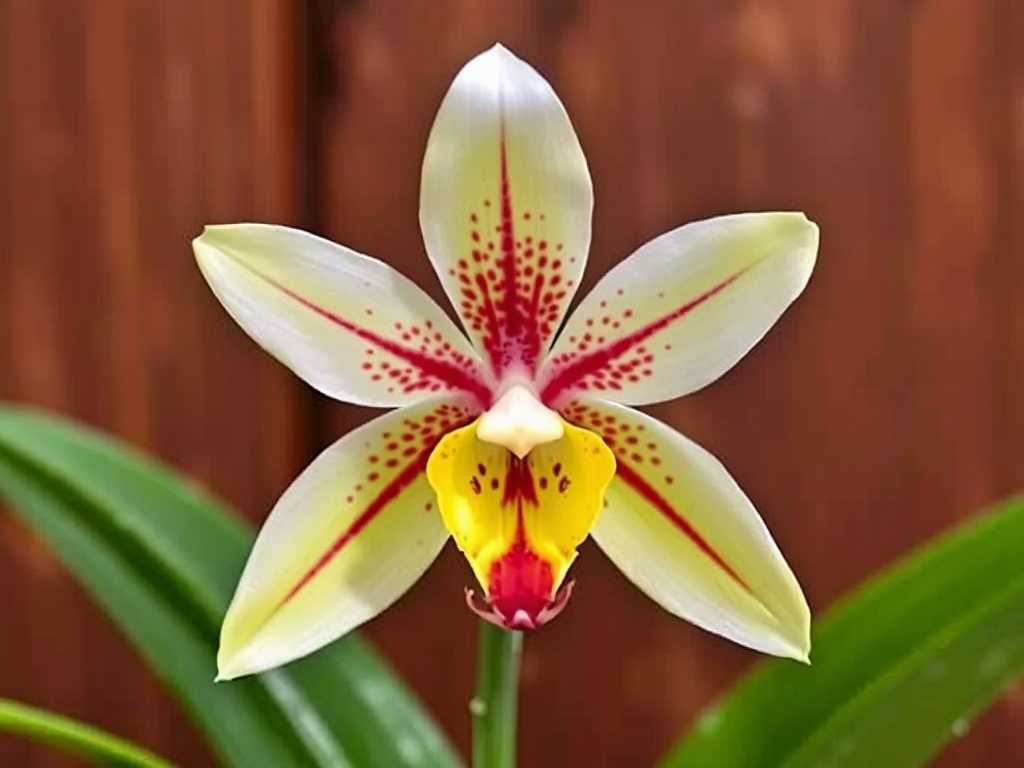
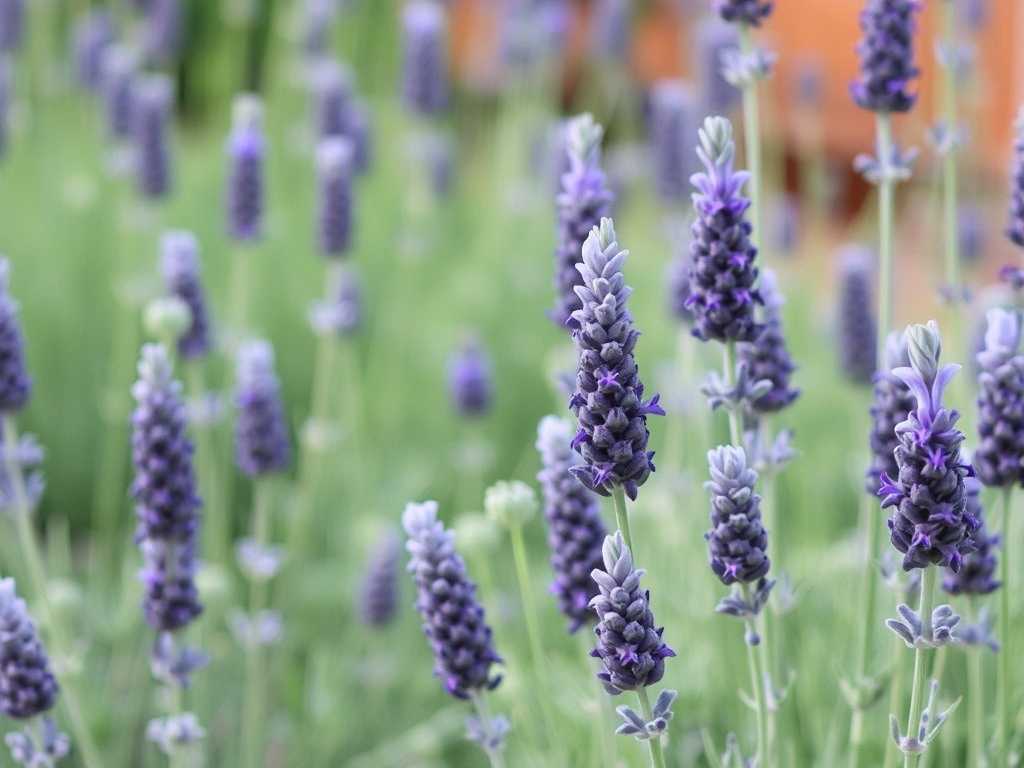
发表评论